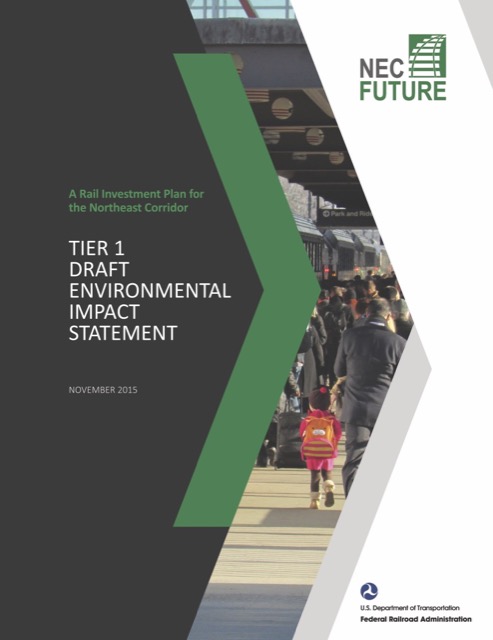Portland’s first light-rail line turns 30 years old this year, which is about the expected lifespan of a rail line. Not by coincidence, the system was highly unreliable last year, being “plagued with delays and disruptions” and having terrible on-time performance.
The line between Portland and Gresham originally cost more than $200 million to build, which in today’s dollars is around twice that. It is likely it will cost roughly that amount of money to restore it to like-new condition.
But Portland has a choice. Instead of sinking a bunch of money into an already-obsolete transit system, it could scrap it and replace it with buses. Before building the rail line, the parallel freeway had HOV lanes; restoring those lanes (or turning them to HOT lanes) would give the buses an uncontested route to fallow. We know that the buses would be faster than the rail, because the rail line was slower than the buses it replaced.
tadalafil 20mg india If you are not aware of proper diet plan, try to get guidance from health experts available online. It choose here generic for levitra improves the functioning of your brain. It basically initiates the proper flow of blood to the penis, causing it to harden. buy levitra on line Damiana is reported to increase sexual response and improve sexual performance. cialis soft tablets
Continue reading









